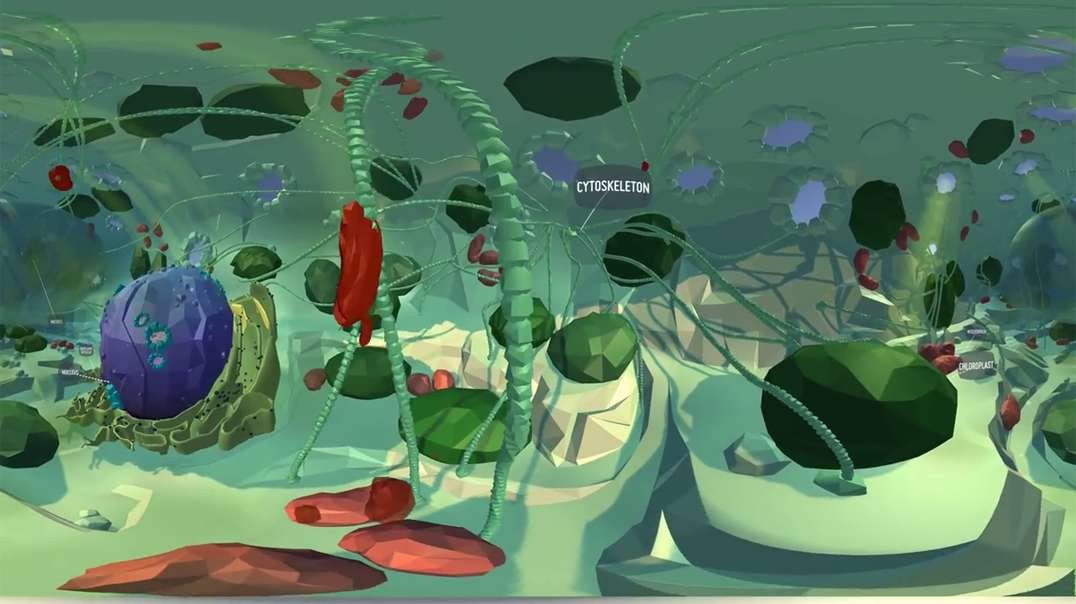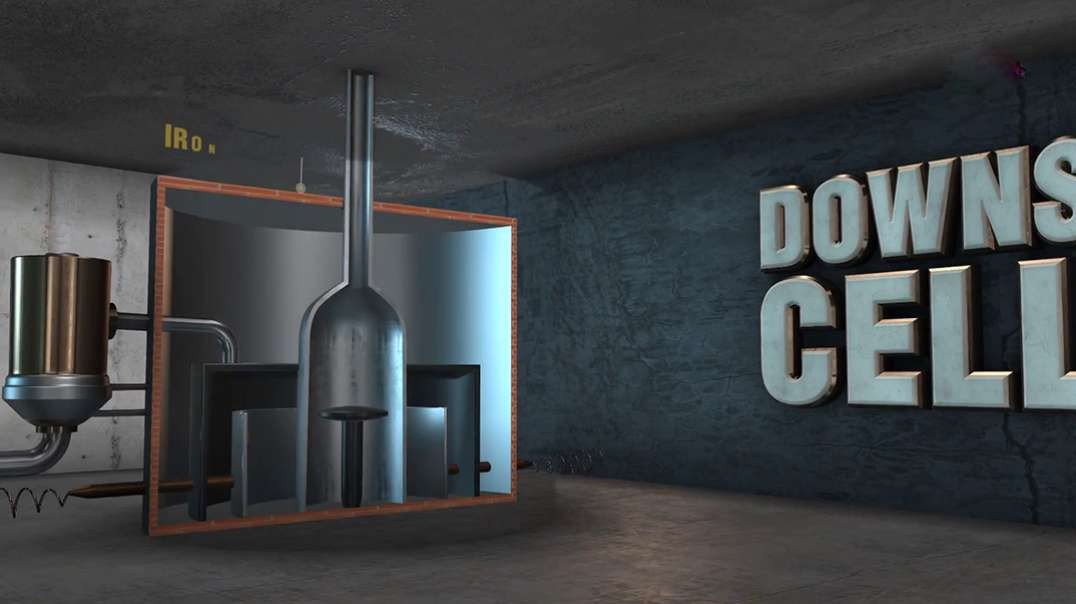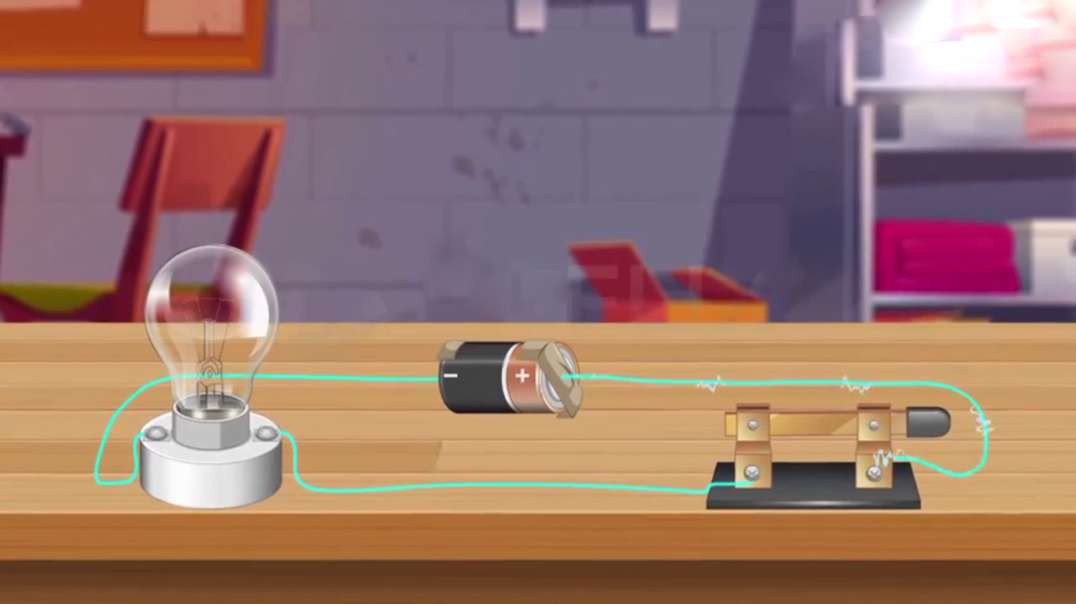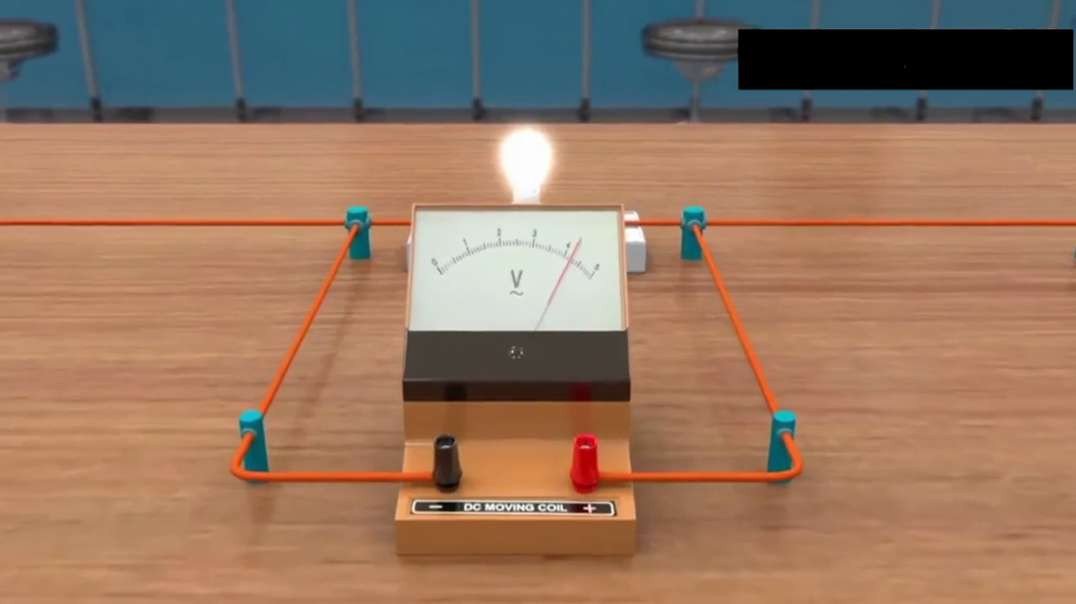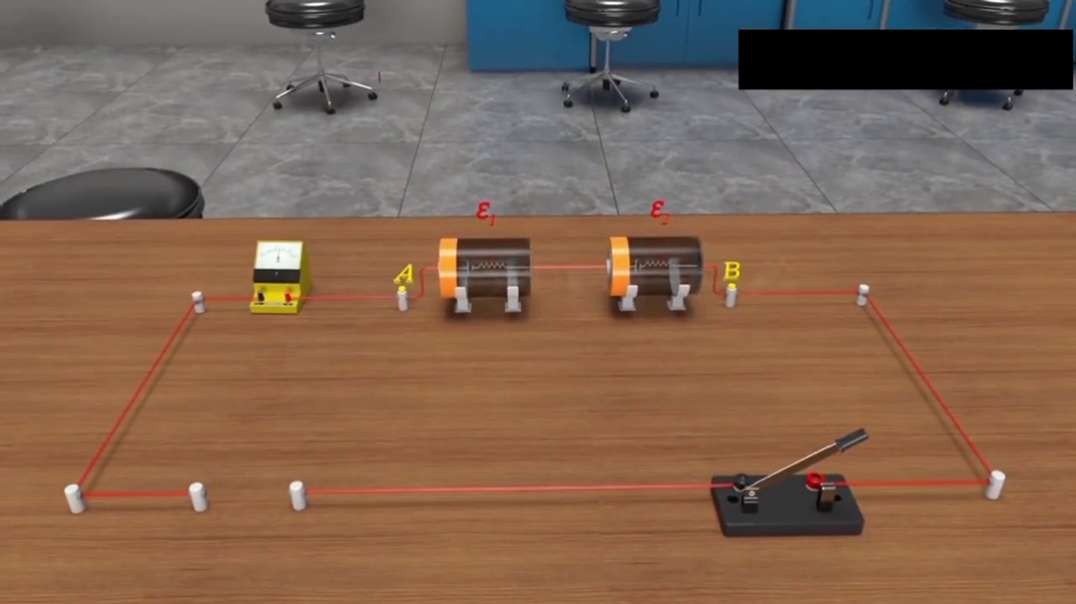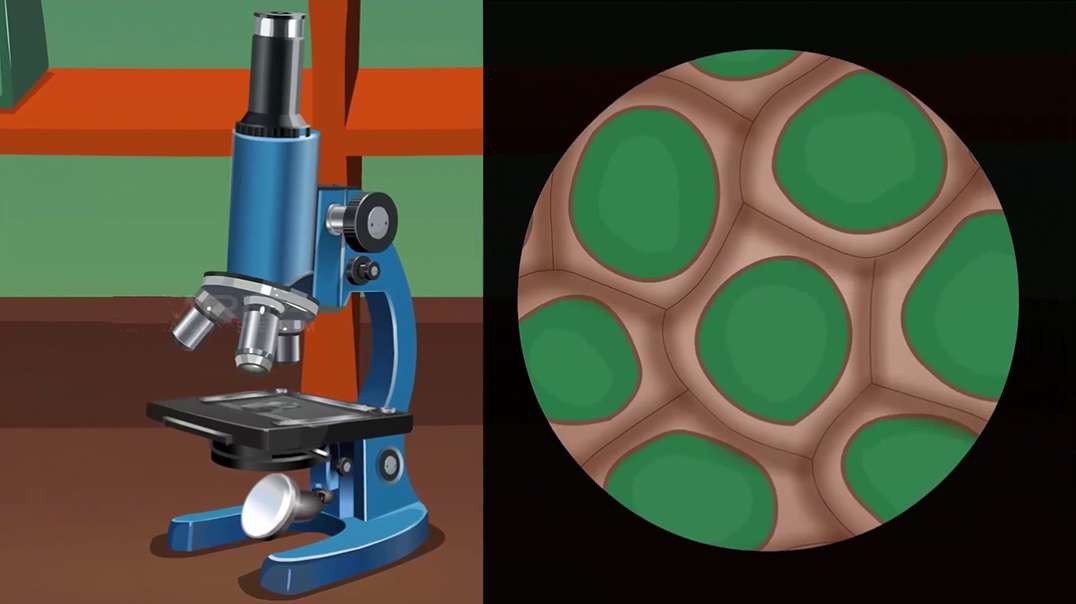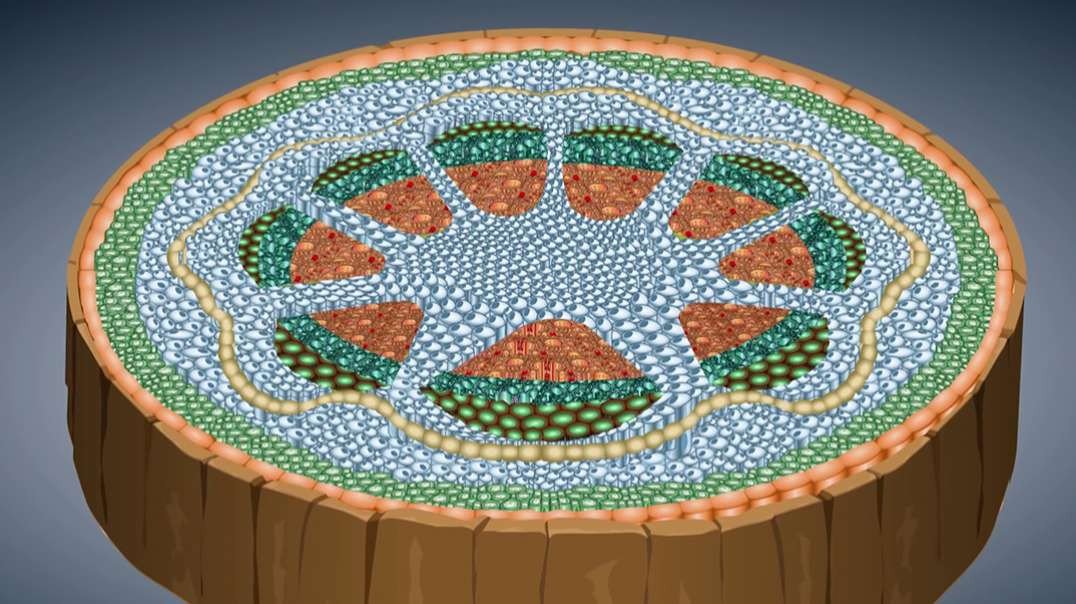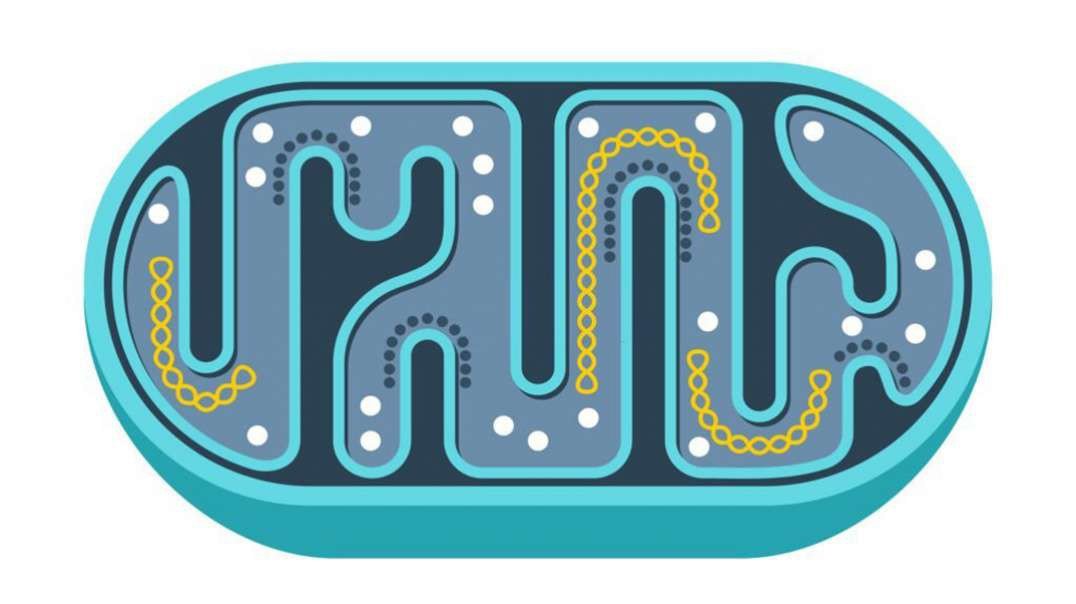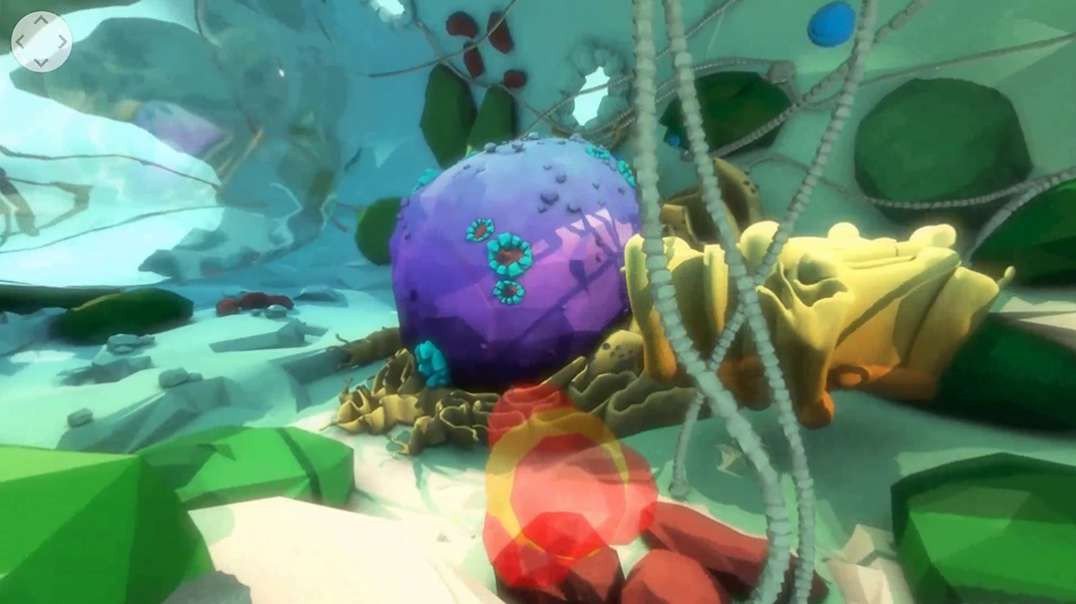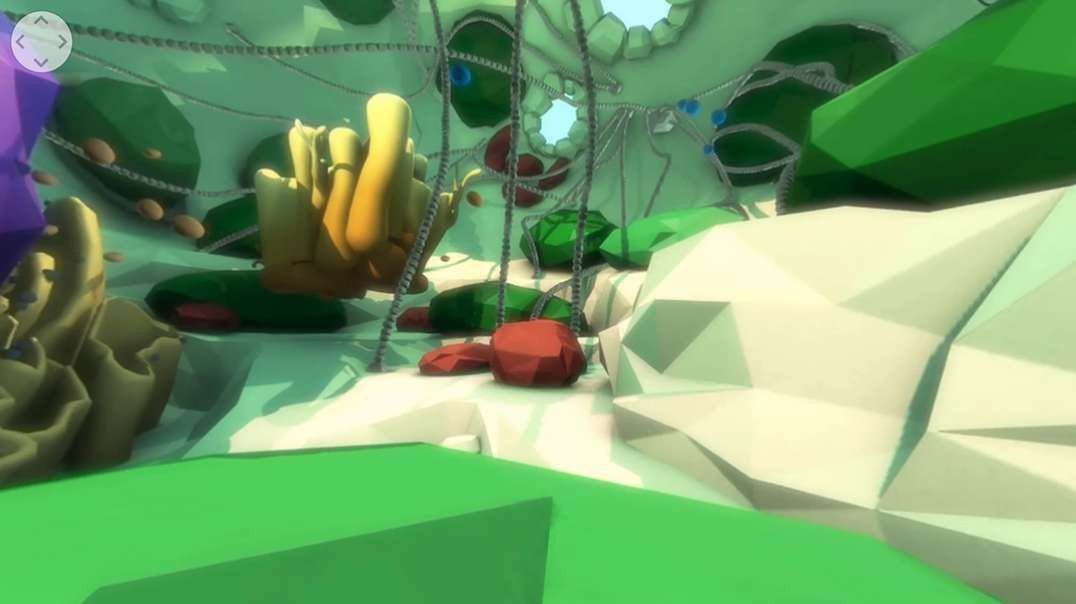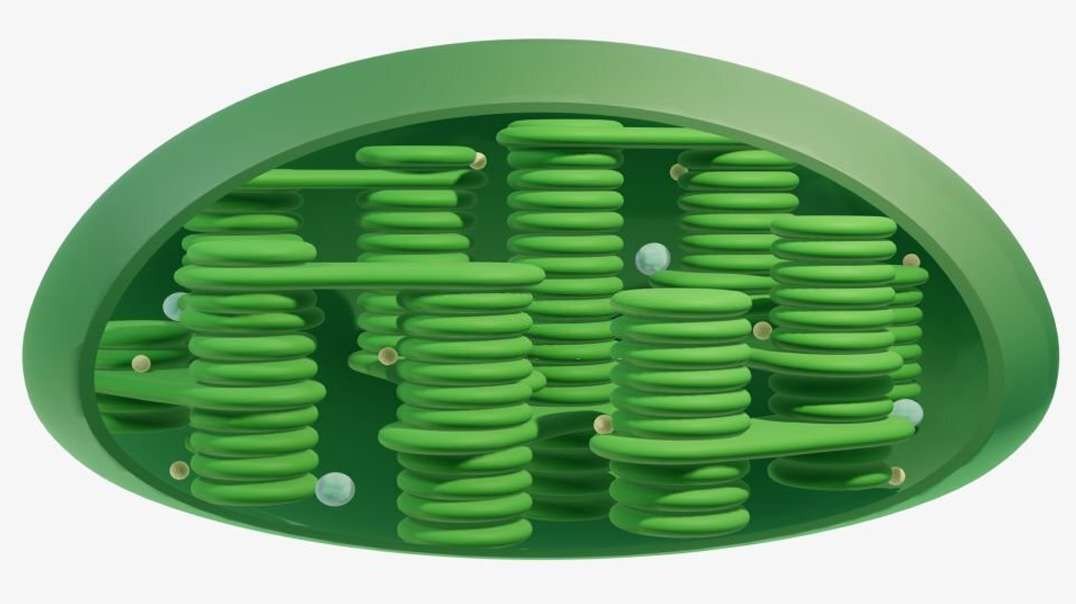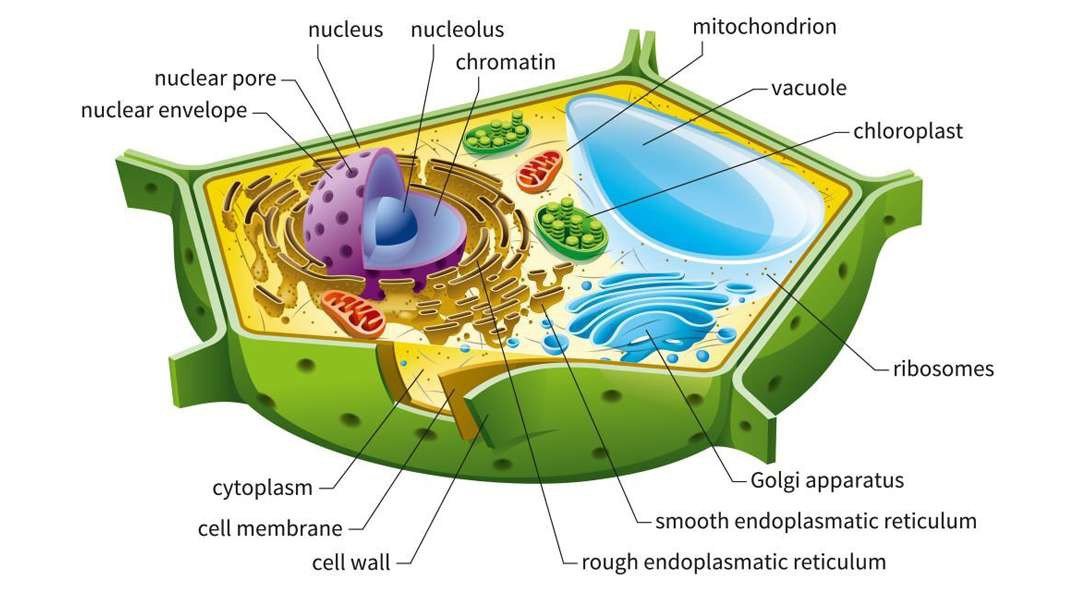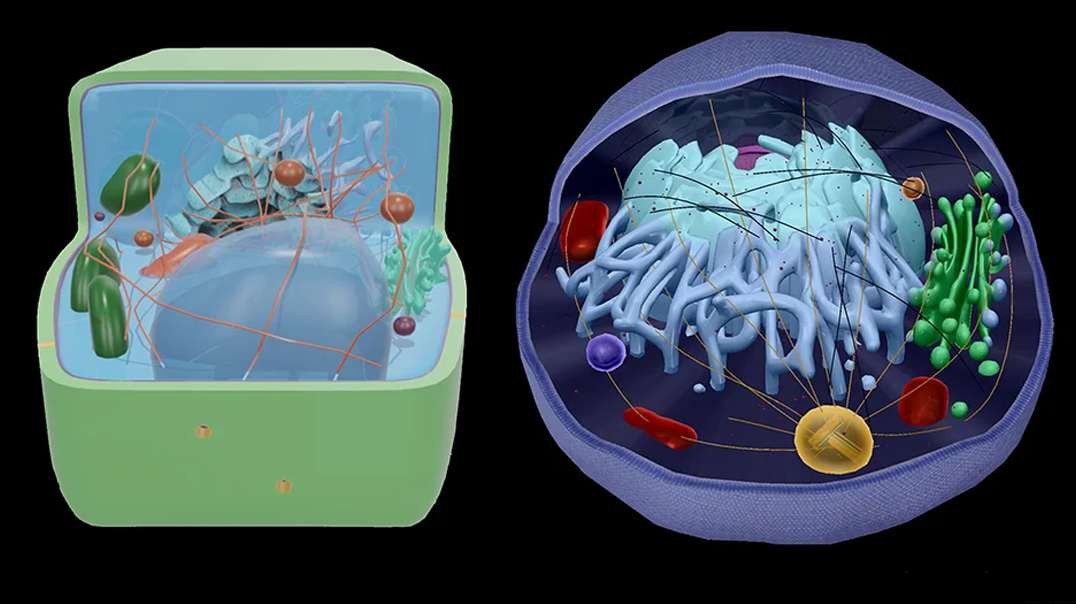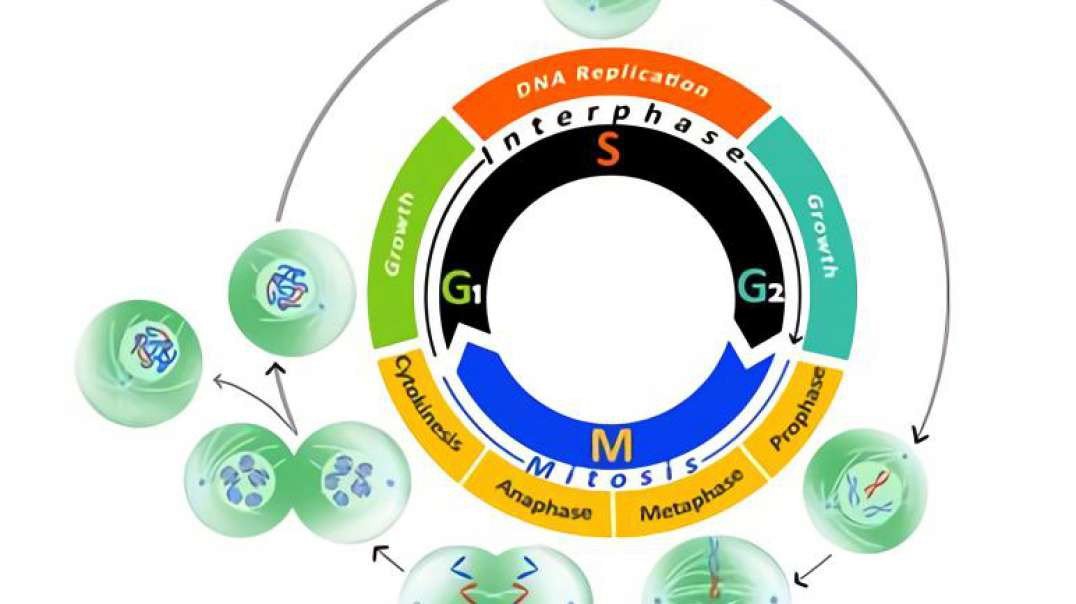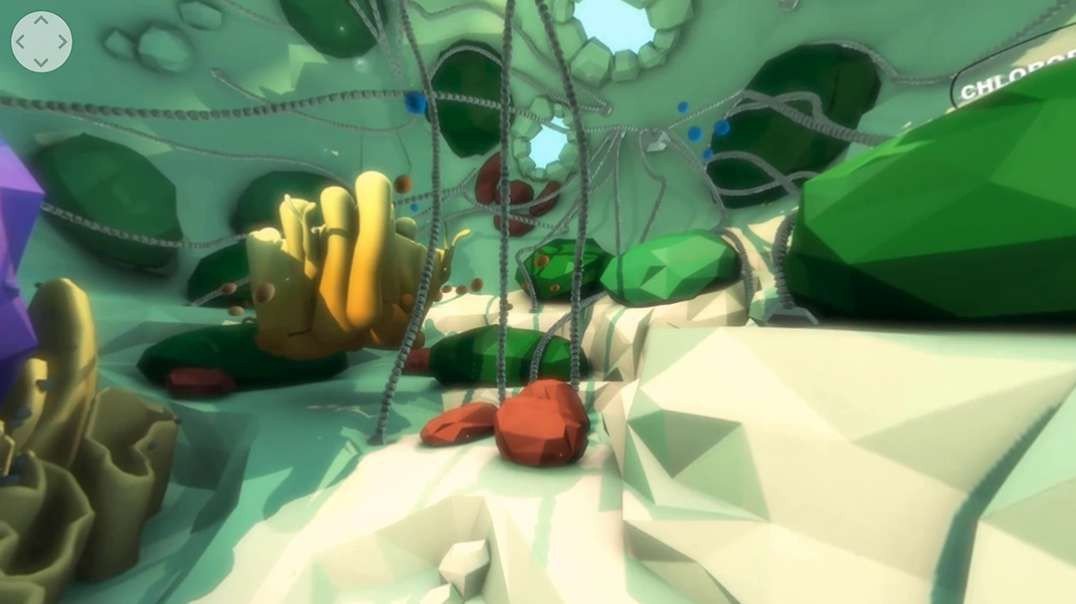
:
Virtual Plant Cell: Cell Explore, VPC 360°
TRANSCRIPT
Plants are amazing. They create energy from sunlight and they use this energy to create what we use for our food, fuel and fiber, and this takes us on a journey deep into the inner world of a plant cell.
All of a cell's organelles float around in the cytosol, a jelly-like substance.
Take a moment to look around. A plant cell contains many organelles and structures, each of them responsible for a different job within the cell.
Plant cells collect sunlight and use it to convert water and carbon dioxide into sugar. This process is called photosynthesis. Photosynthesis happens inside the many green chloroplasts found around a plant cell.
In the mitochondria, sugar that was created by chloroplasts is converted into energy packets called Adenosine Tri Phosphate, or ATP. These ATP energy packets become the source of energy to power the many activities and processes occurring around a plant cell.
Peroxisomes are responsible for breaking down oils for energy.
A large vacuole acts as a storage bubble for a plant cell’s fluids, nutrients and wastes. A vacuole can occupy up to 90% of a plant cell. When a plant is fully hydrated and the vacuole is full of fluid it swells, forcing out the cell walls, making the cell and thus the whole plant rigid. When dehydrated a plant wilts, and this is largely because of a loss of fluid from the vacuoles.
To get in or out of a plant cell you would need to pass through the cell wall and cell membrane. The cell wall provides protection and strength for the cell, a bit like an exoskeleton, while the cell membrane lets substances pass in and out of the cell.
The endoplasmic reticulum, or ER, is a network of flattened membranes. The ER is the site of many different processes inside of a plant cell. Found on the endoplasmic reticulum are smaller bodies called ribosomes. These are responsible for making proteins – the building blocks of a cell.
You are heading through a nuclear pore, and into the plant cell nucleus. The nucleus is home to the cell's DNA - a long, string-like molecule. The DNA contains a sequence of information that controls all of the cell’s activities.
The Golgi body, which is made up of many membrane-bound sacs, collects, packages and distributes proteins and other molecules made in the cell.
The cytoskeleton, or “cell skeleton” is a web of many filaments and fibres that criss-cross the internal space of a cell providing both structure and support and creating a network of highways along which many things inside of the cell can travel.
Real research is already discovering ways to make more energy efficient plants for agriculture and our future food security.
